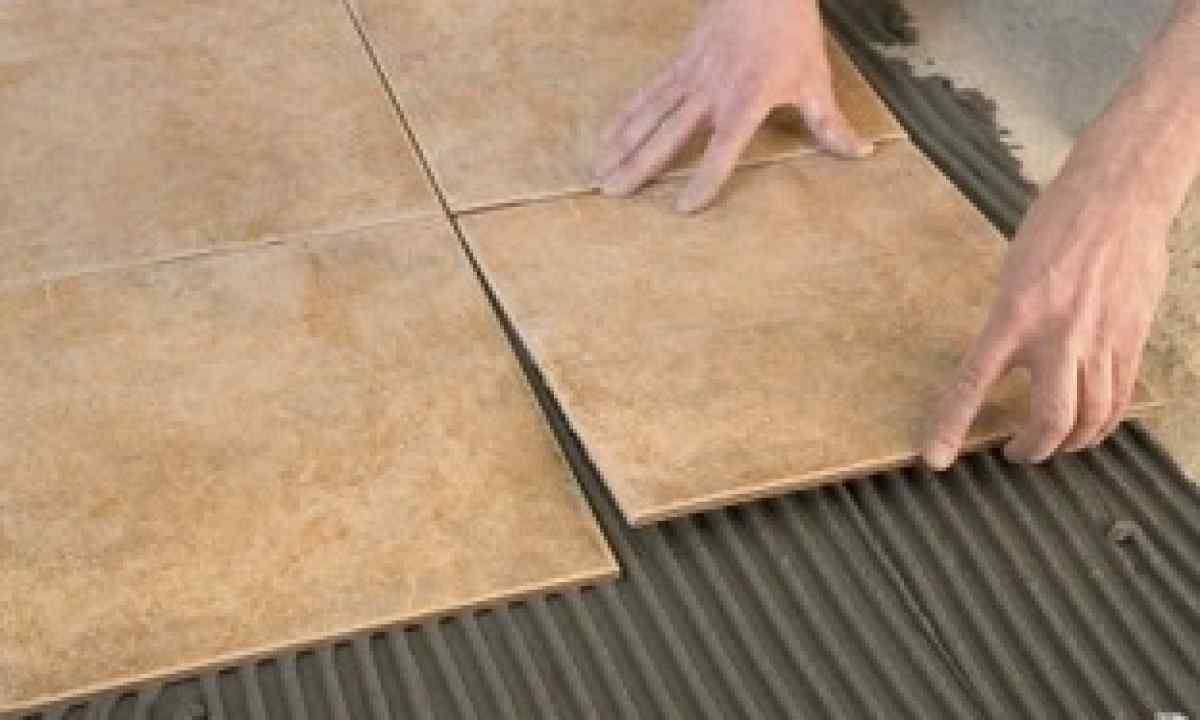Completion phase of construction of the house – mounting of roof. Usually the roof is done so that it could serve decades. For this reason provident owners more often make today the choice for metal tile. Such material is very practical, technological and tamperproof. But only the correct mounting of roof will help to protect your house from bad weather reliably.
Advantages of metal tile
The metal tile is in huge demand for those who are seriously anxious with comfort of the house and its esthetic characteristics. This high-quality sheet material most often has color polymeric covering and gives to any building beautiful and elegant view.
The right choice of covering and its competent mounting will provide strong, reliable and warm roof to your dwelling.
The main advantages of metal tile are obvious: it is the small weight of elements, simplicity of mounting, ecological security and long term of operation. For these reasons most the companies working at the construction market is preferred to deal with such material. The metal tile perfectly combines the metal durability, saturated color gamma and safety in the fire relation.
On the exterior such material very much reminds traditional tile. Modern technologies allow to produce roof units of small thickness which have necessary rigidity and elasticity. Such metal tile is more convenient when mounting, and on working indicators does not concede to the elements made of thick steel at all.
Mounting of metal tile
The metal tile demands the careful and attentive attitude. It is necessary to walk on such covering at its installation only in footwear on very soft sole. It is impossible to come on the laid profile in those places where there is furring. Moving along sheet elements, it is necessary to come to places of deflection of "wave" or pleated element. Single sheets of metal tile fix in places of its adherence to furring in deflection of "wave". To initial element of furring the lower sheets fix through "wave" over step, and to other places of furring – as it is possible closer to the lower step. At the board located from face, sheets of roof strengthen in each "wave".
Special attention should be paid on places of overlaps: there sheets connect among themselves short self-tapping screws.
Self-tapping screws by means of which fastening of sheets is carried out should not be twisted too densely – they should not crush sealant. It is the best of all to fix the next sheets, having self-tapping screws in chessboard order. In places of overlap it is more convenient to twist fixture at a small angle. On average on square meter of the area of roof 7-9 roofing self-tapping screws have to leave. Twist fixture the screw driver or the hand drill installed on low turns.
Treat with attention the choice of fastening elements. Self-tapping screws have to have the rubberized washers that allows to exclude moisture penetration under roof.
Quite often it is necessary to cut metal tile to adjust separate elements to each other. For this purpose use the electrofret saw or hacksaw. It is in some cases admissible to scissor material manual. And here "Bulgarian" does not suit for performance of such operations as abrasive materials affect anticorrosive properties of metal tile, material is burned, and shaving sticks to its surface. The polymeric covering at such processing can turn black. Pay attention that the metal tile can have so-called capillary groove. It is intended for elimination of capillary effect, that is leakage of moisture between densely pressed sheets. When mounting the capillary groove has to be spread with the next leaf. The metal tile can have unary or double capillary groove as from right, and on the left side. When laying sheets it is important to choose the direction of mounting and it is strict it to adhere. Mounting can be made both in right, and to the left side. The main criterion here – convenience to those who are engaged in installation. It is the best of all to begin from there where there are no cuts of roof, bevels, that is with that place where there is no need to cut off elements and to adjust them to the place. At consecutive laying of metal tile each new leaf covers "wave" of the previous element, surely closing capillary groove. Even when the slope of roof has difficult geometry, elements of metal tile keep within in accuracy horizontally if in the mounting instruction other is not specified. If you have chosen the most productive mounting mode in several rows, the first element keeps within in the beginning, then it is leveled on eaves and face. After that over the first the next leaf is imposed and fastens at the fad the self-tapping screw. Joints of both sheets are fixed through "wave" in its top. Each subsequent leaf is also leveled on hood mold of slope and finally fastens to furring. Certain difficulties can arise if the metallocherpitsa keeps within on slope of triangular shape. In this case prior to installation it is necessary to find the center of slope and to draw middle line through this point. The same axis is affixed on leaf then both middle lines are combined, and the leaf fastens near roof ridge. Now it is possible to stack sheets in both parties from axial element, being guided by the rules of mounting stated above.
